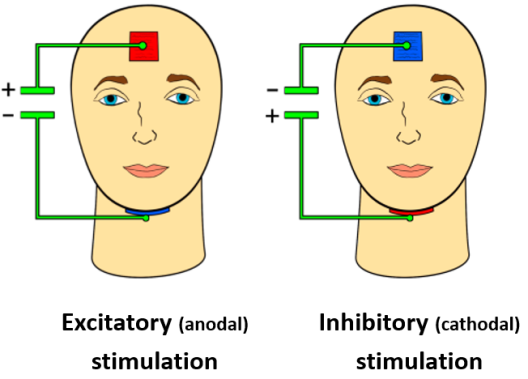Paper published in Cerebral Cortex

Abstract
Depressive patients typically show biased attention towards unpleasant and away from pleasant emotional material. Imaging studies suggest that dysfunctions in a distributed neural network, including the ventromedial prefrontal cortex (vmPFC), are associated with this processing bias. Accordingly, changes in vmPFC activation should mediate changes in processing of emotional stimuli. Here, we investigated the effect of inhibitory and excitatory transcranial direct current stimulation (tDCS) of the vmPFC on emotional scene processing in two within-subject experiments using functional magnetic resonance imaging (fMRI) and magnetoencephalography (MEG). Both studies showed that excitatory relative to inhibitory tDCS amplifies processing of pleasant compared to unpleasant scenes in healthy participants. This modulatory effect occurred in a distributed network including sensory and prefrontal cortex regions and was visible during very early to late processing stages. Findings are discussed with regard to neurophysiological models of emotional processing. The convergence of stimulation effects across independent groups of healthy participants and complementary neuroimaging methods (fMRI, MEG) provides a basis for further investigation of a potentially therapeutic use of this novel stimulation approach in patients with depression or other affective disorders. doi: 10.1093/cercor/bhx073

